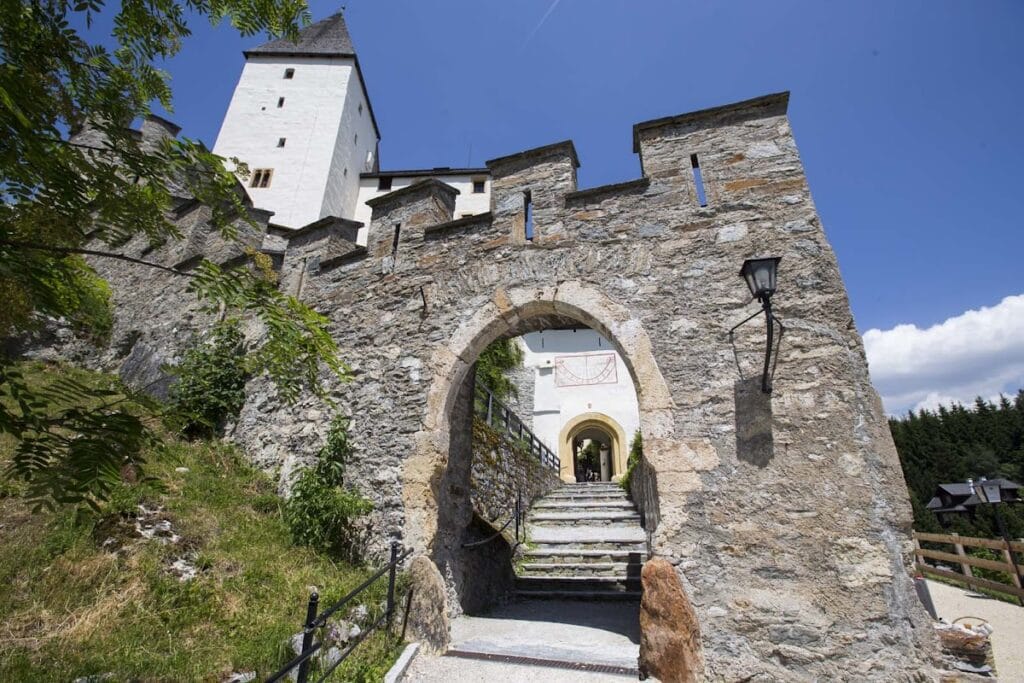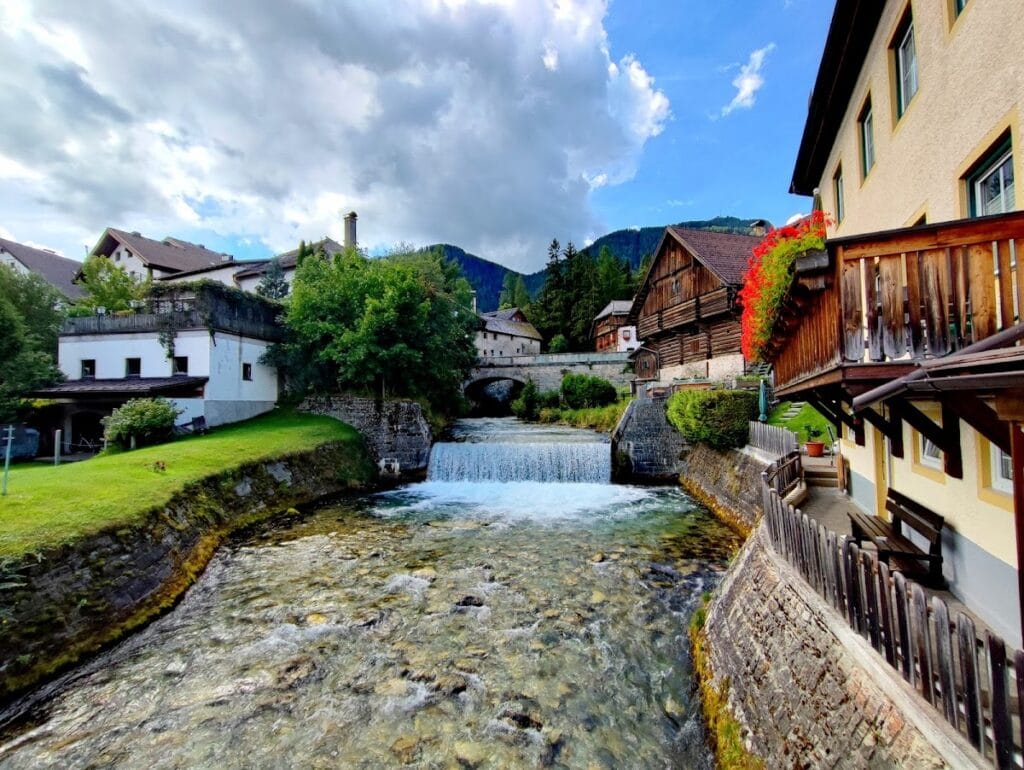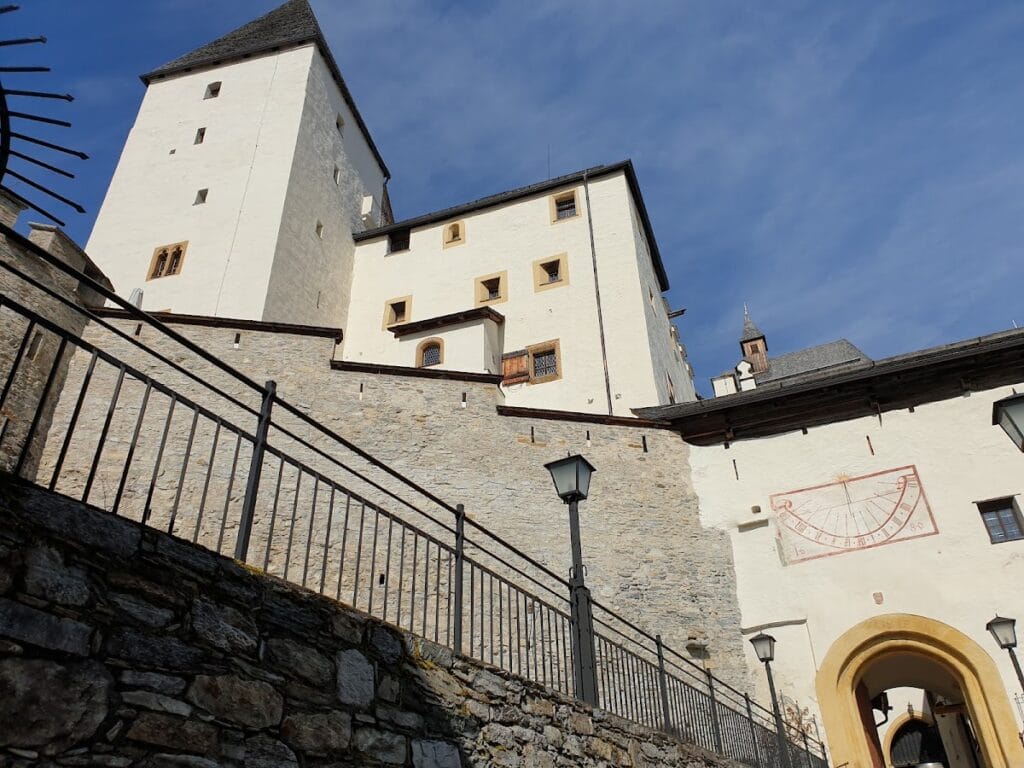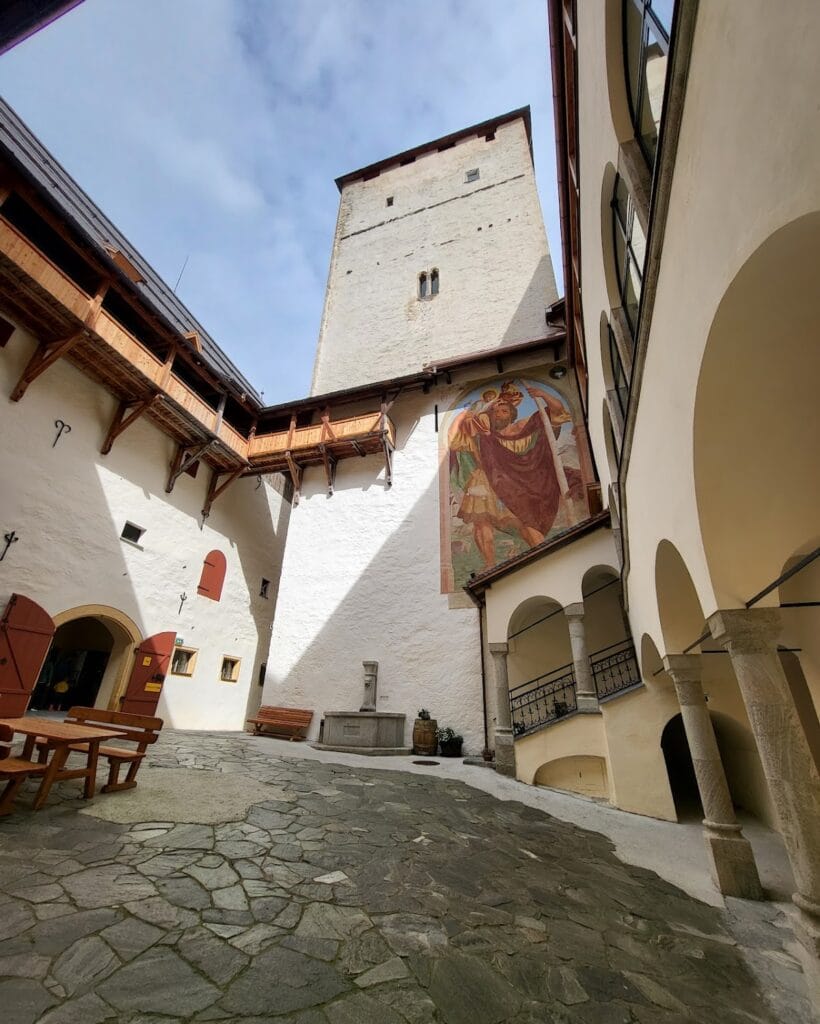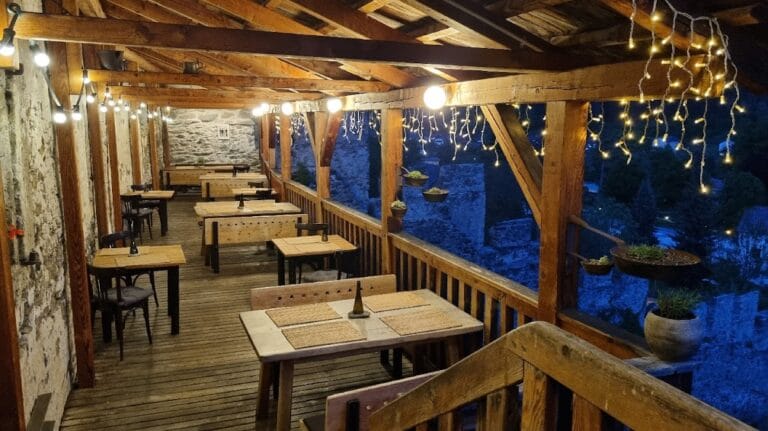Burg Mauterndorf: A Historic Castle in Austria
Visitor Information
Google Rating: 4.6
Popularity: Medium
Google Maps: View on Google Maps
Official Website: www.burg-mauterndorf.at
Country: Austria
Civilization: Medieval European
Remains: Military
History
Burg Mauterndorf is situated on a high rocky hill in the municipality of Mauterndorf, Austria. Its origins trace back to a Roman fort built around AD 326 or earlier, which served both to protect a mountain road and as the residence of a provincial Roman administrator in the province of Noricum.
This early Roman fort was destroyed during the Migration Period, a time marked by widespread upheaval and movement of peoples across Europe. Following its destruction, the site was abandoned until the medieval era. The castle as it is first appears in historical records in 1253, marked by the construction of a keep known as a Bergfried. At this time, the fortress played an important role as a toll collection point for the surrounding region. This function was documented in a decree from the year 1002 issued by Emperor Henry II, which established a tax and toll system in the area.
Throughout the Middle Ages, the castle remained under the control of the Prince-Archbishops of Salzburg. Significant expansions during the 15th century, led by Archbishops Burkhard Weisbriach and Leonhard von Keutschach, gave Burg Mauterndorf much of its current form. These developments strengthened the castle’s defensive capacity and administrative importance.
The toll system associated with the castle and the village came to an end in 1803 amid the turmoil of the Napoleonic Wars. Shortly thereafter, in 1806, Burg Mauterndorf became property of the Austrian state. Decades later, in 1894, the castle was bought by Hermann Epenstein, a Prussian Army surgeon of Jewish background who had converted to Catholicism. Epenstein restored the deteriorating structure for residential use, earning from Emperor Franz Joseph I the minor noble title Ritter von Mauternburg in recognition of his contributions.
Epenstein maintained close relations with the Göring family, frequently hosting them at the castle. After his death in 1934, his widow left the estate to Epenstein’s godson Hermann Göring in 1939, although Göring never formalized his ownership. Towards the end of World War II, Göring sought refuge at Burg Mauterndorf but ultimately surrendered to United States forces nearby, driven by concerns over the Soviet army’s advance.
Post-war disputes over the castle’s ownership delayed its future until 1966, when relatives of Göring agreed to transfer it to the Austrian Republic. Since 1968, the castle has been held by the state of Salzburg. A comprehensive restoration took place from 1979 to 1982, ensuring the castle’s preservation for future generations.
Remains
Burg Mauterndorf occupies a strategic hilltop site overlooking the Radstädter Tauern Pass, a route that closely follows an ancient Roman road once protected by the original fort. The castle’s core consists of a keep, or Bergfried, constructed by the mid-13th century and serving as the fortified heart of the complex. The larger castle complex, reshaped during the 15th century under Prince-Archbishops Weisbriach and von Keutschach, reflects medieval fortress architecture adapted to the site’s rocky terrain.
The earlier Roman fort that preceded the medieval castle would have been built using Roman construction techniques of the early 4th century AD, designed to fulfill military and administrative needs, but visible traces today relate primarily to the medieval structures. The medieval portions were enhanced with durable stone masonry, preserving the castle’s defensive and residential features.
Later restoration work, particularly the 19th and 20th-century efforts led by Hermann Epenstein and subsequent state-sponsored projects, stabilized and maintained the castle’s structure, preventing further decay that had set in during prior centuries. Today, the castle’s interior has been adapted to accommodate exhibitions for the Lungau Regional Museum, including a “castle of impressions” display that recreates historical life within the residence, though these are modern modifications rather than original features.
The castle grounds and buildings stand restored and in good condition, preserving the layered history from medieval origins to modern cultural use. While detailed archaeological finds such as artifacts or inscriptions are not specifically noted, the overall site embodies centuries of continuous occupation, strategic control, and administrative function.
